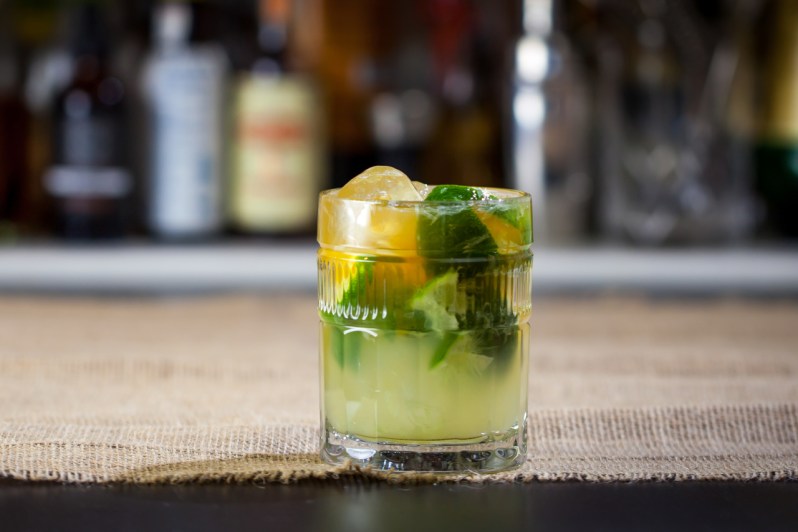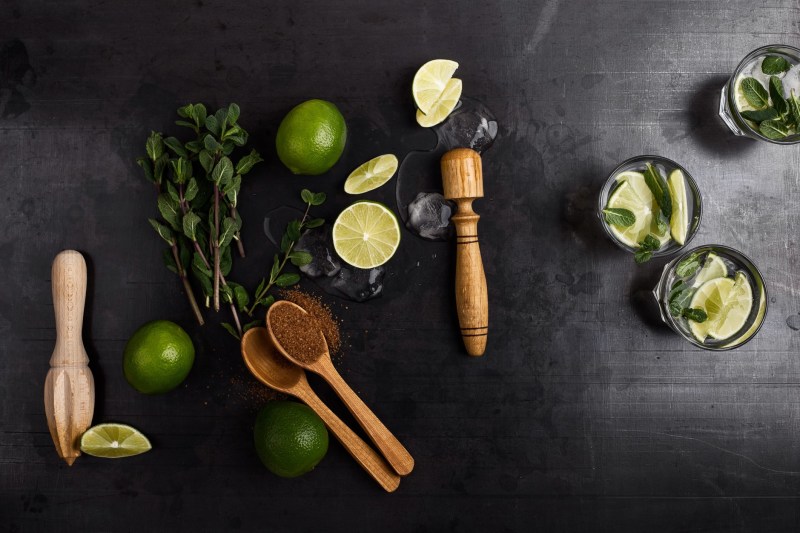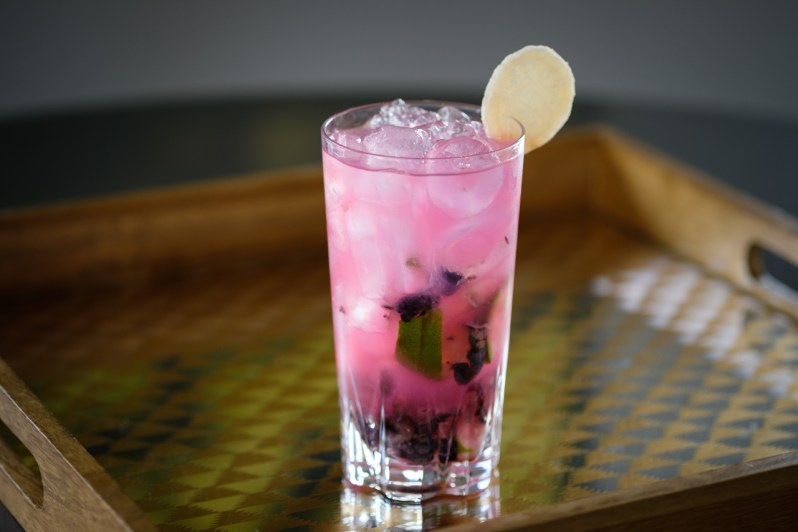
Brazilians are a diverse bunch, with ethnic roots stretching back to Africa, Europe, and Asia and boasting myriad views on politics and religion. But one thing they all agree on is that the caipirinha is the perfect cocktail for sunny-day celebrations. Even if you can’t catch live samba at a club in Lapa or enjoy people-watching on Ipanema beach, you needn’t miss out on Brazil’s national cocktail. Made from crushed limes, sugar, and cachaça, the refreshing, deliciously potent drink makes the perfect accompaniment to a bit of backyard revelry. Mix up a pitcher, invite some friends, put on some vintage Gilberto Gil, and let the afternoon unfold.
Drinking in the history
No one knows who really invented the caipirinha (kye-pih-RIH-nyuh). Some historians believe the drink emerged in a rural part of São Paulo state in the late 19th century. Wealthy landowners treated the caipirinha in its early days as a suitable substitute for high-class imported whiskey or wine and served it at special events. As the price of its ingredients became more accessible, the drink leaped from high-class to all classes by the 1930s.
Another rather apocryphal story claims that a caipirinha was mixed with lemon, garlic, and honey as a remedy for the Spanish flu. (If that’s the case, we should have been drinking a lot more of these during the pandemic.) Yet another version places the origin further back in time when sailors passing through Rio added lime to their cachaça to avoid the ravages of scurvy and eventually added sugar to improve the taste.
Kingdom of cachaça

The key to making a respectable caipirinha is using a good-quality cachaça (kah-SHAH-suh), the famed Brazilian spirit made from sugarcane. Produced exclusively in Brazil, cachaça is made from fermented sugarcane juice rather than the byproducts of sugarcane, like molasses, which is typically used to make rum. The method imparts a more grassy and herbaceous taste, as well as a more subtle sweetness. The aging process adds further depth. After distillation, many cachaças spend time in American or French oak barrels. However, some artisanal distillers use indigenous woods like Amburana, which gives notes of vanilla and cinnamon, or araúva, which imparts a floral aroma and a daisy-like yellowish color. In all, over two dozen native tree species are used by Brazil’s 30,000 cachaça producers. By law, cachaça must contain 38% to 48% alcohol by volume.
Variations of the caipirinha
Although it’s hard to beat the classic lime version, cachaça lends itself well to a wide variety of other flavors, particularly tropical fruits, which is perhaps not surprising given the cocktail’s origin. Passionfruit, lemon, mango, and pineapple (even better with mint) make excellent alternatives to lime, and you can push the boundaries even further with strawberry, kiwi, and grape. The drink goes brilliantly with other exotic fruits like cajú (cashew fruit), cajá, cupuaçu, and cherry-like pitanga, though you’ll be lucky to find any of this outside Brazil.
If you’re not a fan of cachaça or simply don’t have the spirit on hand, you can whip up a delectable alternative. If nothing else, you’re sure to impress your guests with whimsical names. The caipiroska is made with vodka rather than cachaça, while the caipiríssima is made with rum. There’s also the caipisake, which features sake and goes very well with lychee or kiwi. For a more fruit-forward cocktail, make it a caipifruta, which omits the sugar in place of lots of muddled fruit and crushed ice.
Caipirinha

This classic caipirinha recipe uses Novo Fogo cachaça, an award-winning producer focused on zero waste with their carbon-negative distillery.
Ingredients:
- 2 oz Novo Fogo Silver or Novo Fogo Barrel-Aged Cachaça
- 1 1/4 tablespoon sugar
- 1/2 lime
Method:
- Remove the width pith from the lime and discard it.
- Cut the remaining lime in slices; toss them into the glass. Muddle them with sugar in the glass.
- Fill the glass with ice. Add cachaça and pour everything into a shaker. Shake and pour everything (including the ice) back into the same glass.
Pomegranate blueberry caipirinha

Ingredients:
- 2 oz Novo Fogo Silver or Novo Fogo Barrel-Aged Cachaça
- 1 1/4 tablespoons sugar
- 1/2 lime
- 1/4 pomegranate (or 1/8 cup of pomegranate arils)
- 5 blueberries
Method:
- Remove the width pith from the lime and discard it.
- Cut the remaining lime in slices; toss them into the glass and add blueberries and pomegranate arils. Muddle them with sugar in the glass.
- Fill the glass with ice. Add cachaça and pour everything into a shaker. Shake and pour everything (including the ice) back into the same glass.



